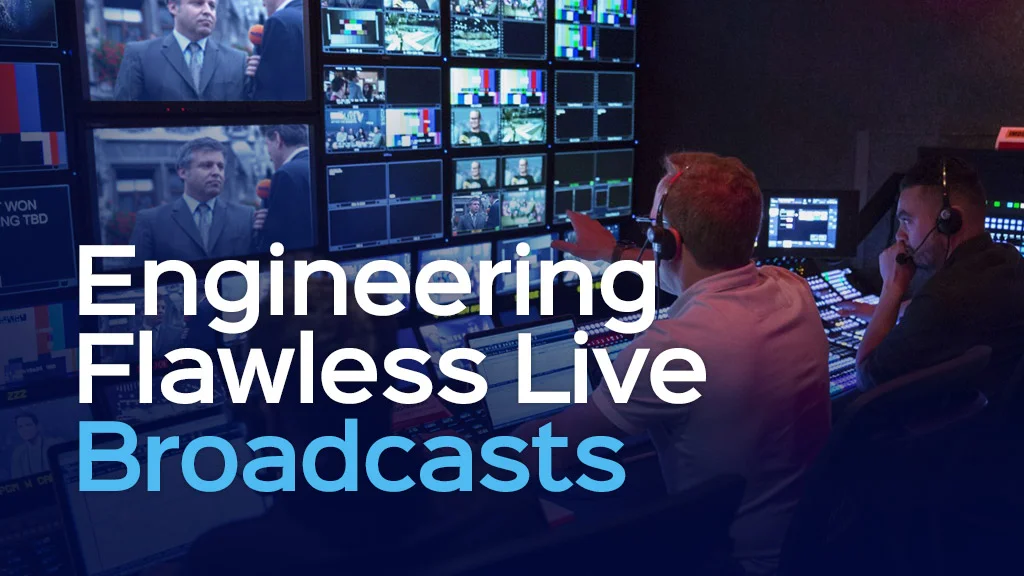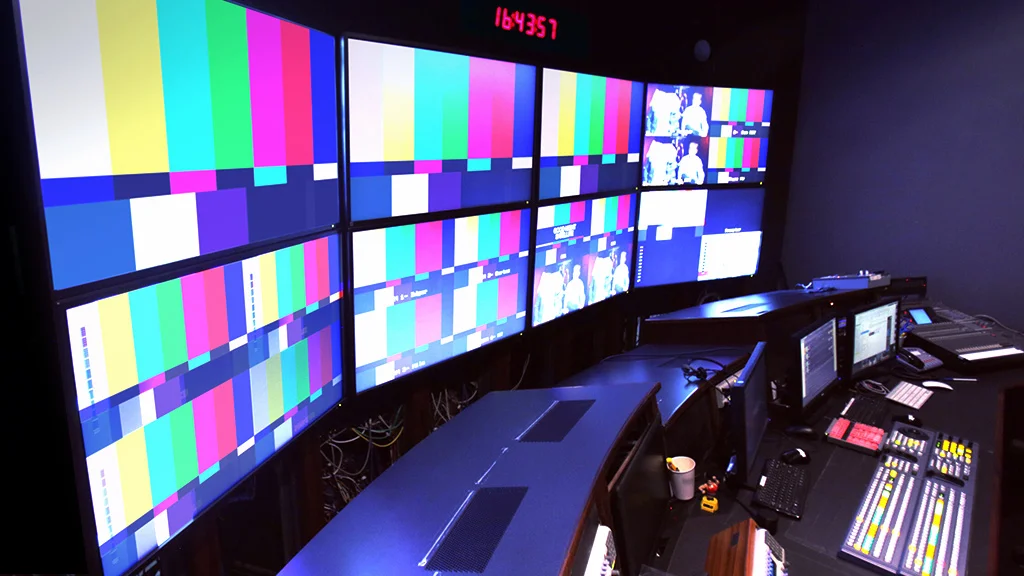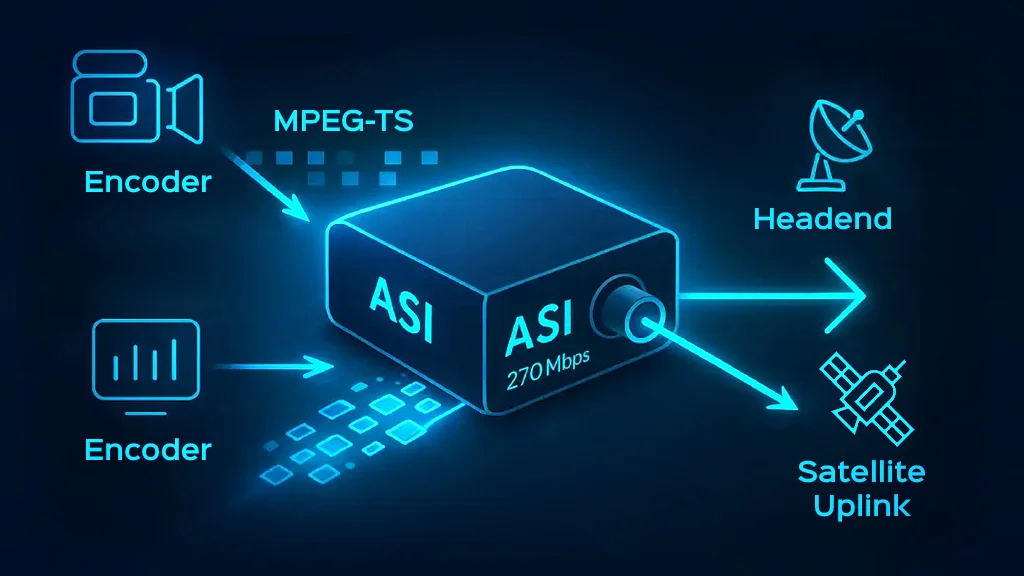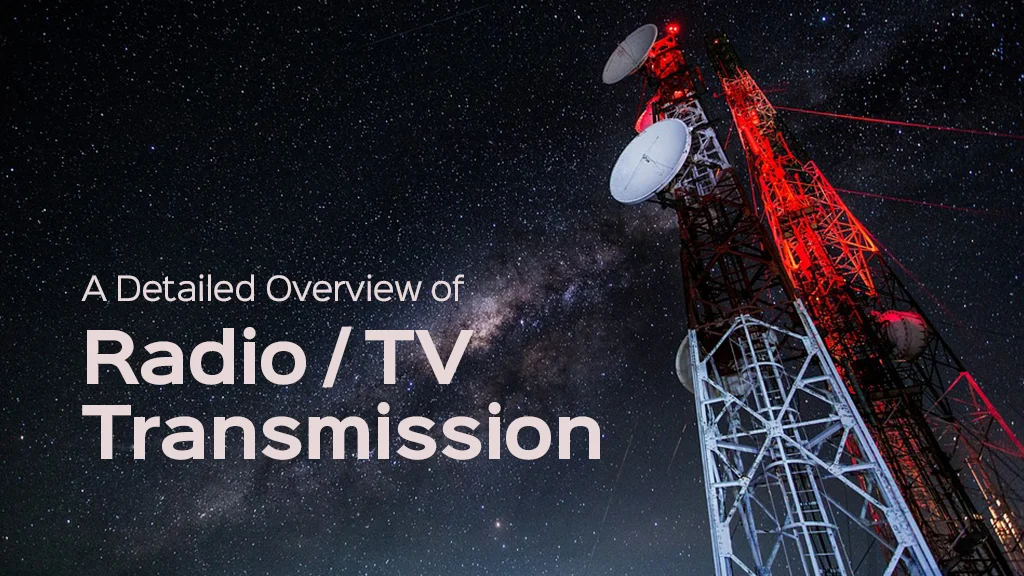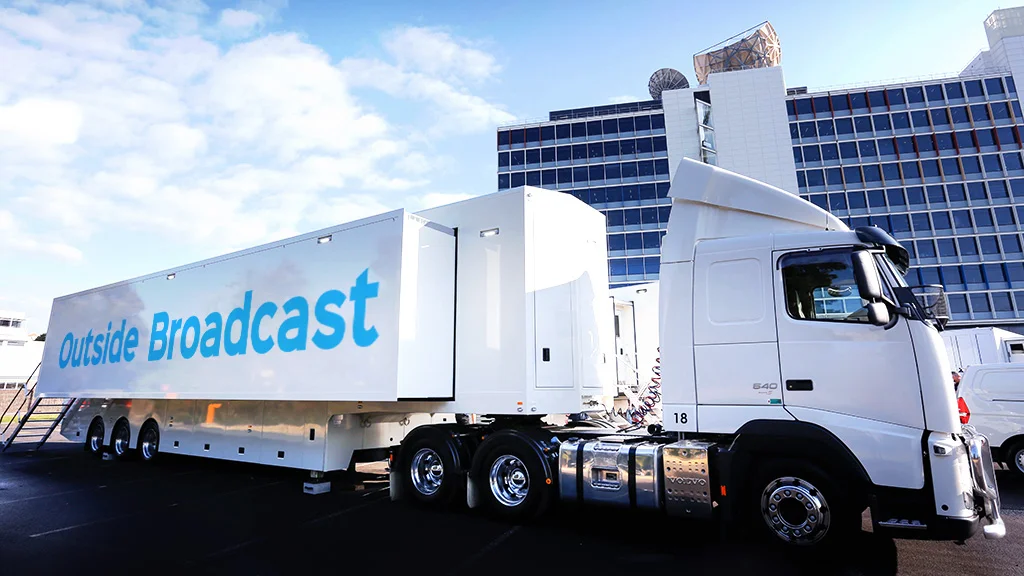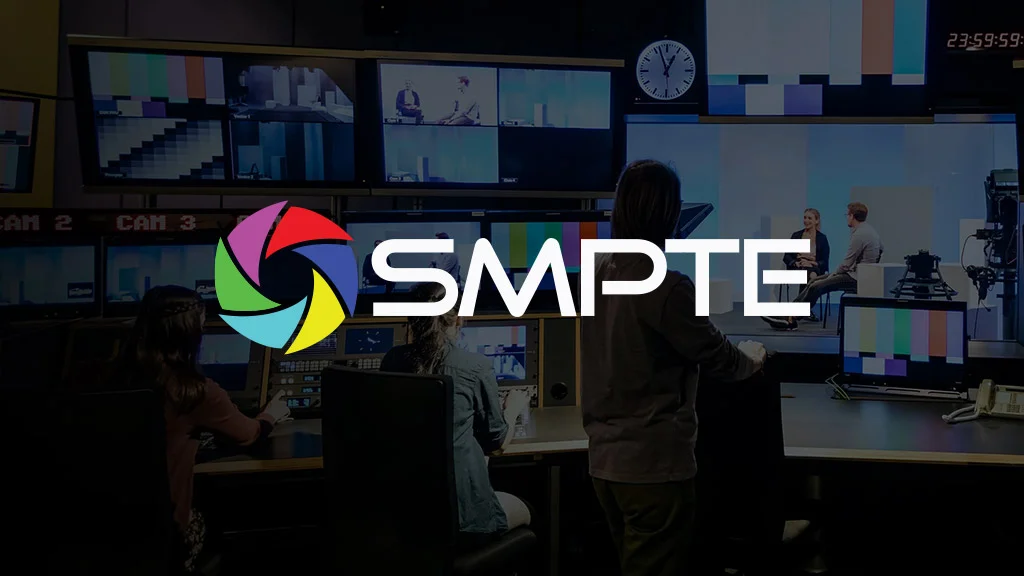
- Article
Understanding the SMPTE Standard in Broadcasting
SMPTE, or the Society of Motion Picture and Television Engineers, is a professional organization that develops standards, practices, and guidelines for the motion picture and television industries. Since the foundation in 1916, The Society has played a crucial role in the evolution of media technology, providing a framework for various aspects of film and television production, broadcasting, and digital media. With the rapid evolution of technology, SMPTE has adapted its standards to meet the needs of modern media production, ensuring that audio and video content is transmitted and produced at the highest quality.
Importance of SMPTE standards in the broadcast industry
In fact, these standards are critical in the broadcast industry for several reasons:
1. Quality Assurance
Standardized Formats: SMPTE establishes standardized video and audio formats, ensuring high-quality production. This consistency is vital for maintaining the integrity of broadcasts and minimizing errors.
Technical Guidelines: Clear technical specifications help broadcasters achieve optimal performance in their equipment and production processes.
2. Interoperability
Cross-Platform Compatibility: The SMPTE standards allow different equipment and systems from various manufacturers to work together seamlessly. This interoperability is crucial in a diverse broadcasting environment where multiple technologies are used.
Data Exchange: Standards like MXF (Material Exchange Format) facilitate the exchange of media files between different systems, promoting efficiency and reducing compatibility issues.
3. Streamlined Workflows
Efficiency in Production: By adhering to the established standards, production teams can streamline workflows, leading to faster turnaround times and reduced costs.
Collaboration: The standards foster collaboration among different teams (e.g., camera operators, editors, sound engineers) by providing a common framework and language.
4. Future-Proof Efficiency
Adaptation to New Technologies: SMPTE continuously updates its standards to reflect advancements in technology, ensuring that the broadcasting industry can adapt to changes, such as the transition from HD to 4K and beyond.
Innovation Facilitation: By providing guidelines for emerging technologies, SMPTE encourages innovation while maintaining compatibility with existing systems.
5. Regulatory Compliance
Meeting Industry Regulations: Many broadcasters and production companies rely on these standards to comply with legal and regulatory requirements, ensuring that their operations meet industry norms and best practices.
6. Training and Education
Professional Development: SMPTE provides educational resources and training for industry professionals, helping them understand and implement standards in their work.
Skill Advancement: Continuous education in the Society’s standards helps professionals stay current with technological advancements, enhancing their skills and career prospects.
7. Global Influence
International Standards: The SMPTE standards are recognized and adopted globally, which helps to maintain a consistent quality and approach in broadcasting across different countries and regions.
Cross-Border Collaboration: Global recognition facilitates collaboration among international broadcasters and production companies.
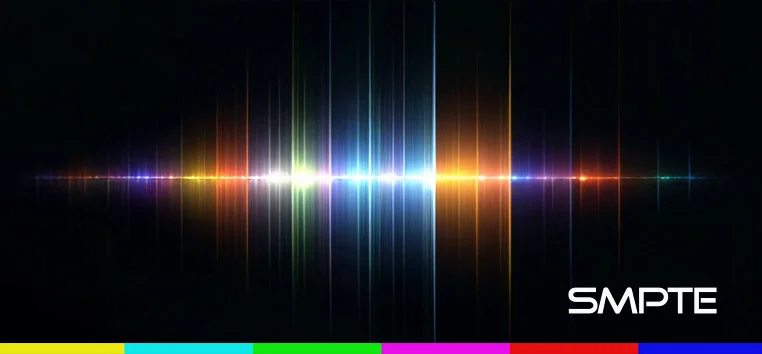
Key SMPTE Standards
Here’s a more detailed look at the significance and components of the SMPTE standards:
Time Code Standards
SMPTE time codes (e.g., SMPTE 12M) are used for synchronizing audio and video in film and television production. They allow for precise tracking and editing of media.
Serial digital interface (SDI) Standards
SMPTE SDI standards specify the physical and electrical characteristics, as well as the protocol for transmitting digital video signals over coaxial cables. These standards ensure interoperability between different manufacturers’ equipment and enable seamless integration within broadcast and professional video production environments. These standards cover various aspects such as data rates, color space, audio embedding, and metadata transmission, providing a reliable framework for the transmission of high-quality digital video signals.
SDI over fiber Standards
SMPTE standards for SDI/fiber optic conversion are essential for transmitting high-quality digital video signals over long distances. These standards define the methods and protocols for converting SDI to fiber optic signals and vice versa, ensuring compatibility and reliability in professional video production and broadcast environments.
SMPTE Connector Standards
The SMPTE connector, often referred to as the SMPTE 304M or SMPTE 311M connector, is a type of connector used primarily for transmitting high-definition video and audio signals in broadcasting and film production.
Audio Standards
Audio standards, such as SMPTE 337 and SMPTE 216, cover aspects of audio signal transmission, including channel mapping and synchronization with video.
Data Interchange Formats
SMPTE defines standards for data interchange formats, such as the MXF (Material Exchange Format), which facilitates the transfer of media between different systems and platforms.
Workflow Standards
SMPTE standards streamline workflows in broadcasting environments, helping producers and technicians work more efficiently and effectively by ensuring that all systems can communicate.
Interoperability
One of the core aims of SMPTE standards is to ensure that different equipment and software can work together seamlessly. This is crucial in a diverse broadcasting ecosystem where multiple technologies are in play.
By providing guidelines for the elements mentioned earlier, it is ensured that media production and transmission are seamless, high-quality, and future-ready.
Read also :
Main TV Broadcast Equipment
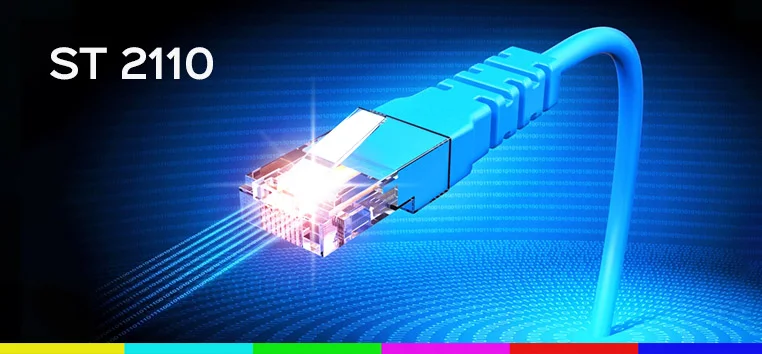
Applications of SMPTE Standards in live broadcasting
SMPTE standards find applications in various aspects of broadcasting, including:
Live Broadcasting: Ensuring synchronization of multiple audio and video sources.
Remote Production: Enabling remote workflows, reducing costs and logistical challenges.
IP-Based Workflows: Facilitating the transition from traditional SDI to IP networks, providing flexibility and scalability.
High-Definition Transmission: Supporting HD and UHD formats for enhanced viewer experiences.
SMPTE standards facilitate a range of applications that improve the overall workflow and viewer experience. As the broadcasting industry continues to evolve with advancements in technology, the relevance of these standards remains critical, enabling broadcasters to deliver high-quality content efficiently and reliably.
Challenges facing the adoption of SMPTE standards
The adoption and application of the SMPTE standards may be with possible challenges. As the media landscape evolves with rapid technological advancements, broadcasters and production companies encounter various obstacles that can hinder the seamless integration of SMPTE standards into their workflows.
From the high costs associated with upgrading equipment to the complexities of understanding and implementing technical specifications, these challenges can create significant barriers. Additionally, issues such as interoperability among different manufacturers, resistance to change within organizations, and the need for adequate training further complicate the adoption process.
Understanding the possible challenges is crucial for stakeholders aiming to enhance their practices while navigating the complexities of modern broadcasting technology.


